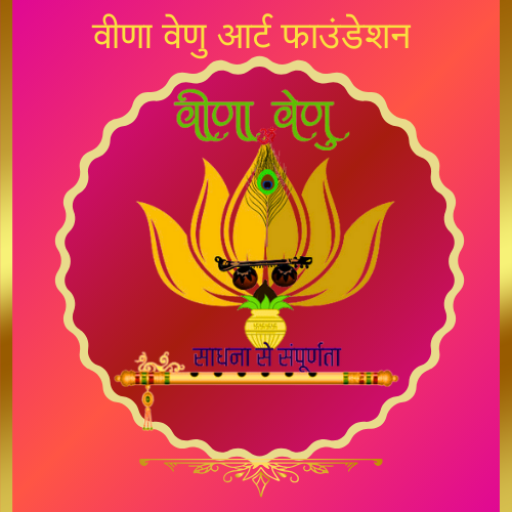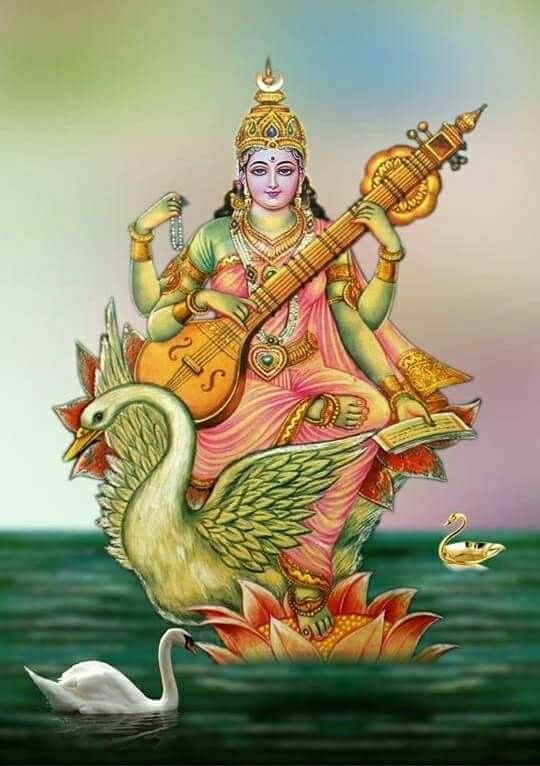Basic Musical Instrument learning 2 years Course for kids – Course Name Vadyaadhar(Major Mukhya in Music) – Swarnrath
(For – Sitar ,Guitar ,Flute ,Keyboard,Santoor,Violin,Sarangi , Sarod,Harmonium, Veenas and other
Instruments)
Understanding the basics of Indian classical music is paramount to delving into the profound depths of music. Recognizing this significance, Veena Venu Art Foundation places great emphasis on the training of Indian classical music in its music learning program. By imparting the essential principles, techniques, and intricacies of this rich tradition, students gain a solid foundation that enhances their musical journey and fosters a deeper appreciation for the art form.Veena Venu Art Foundation’s Instrumental learning program transcends mere theoretical knowledge, superficial song learning, or limited chord training. It is a comprehensive curriculum that provides specialized guidance in the art of improvisation, composition, and a profound understanding of music. Students will delve deep into the essence of music, honing their creative skills, and developing a strong foundation for musical expression and exploration.
Veena Venu Art Foundation, the esteemed performing arts school, presents a comprehensive Instrumental learning program. Designed for students of all ages, this program offers a diverse curriculum that encompasses Indian classical music, Western classical music, semi-classical melodies, folk tunes, and music from various countries.
With a holistic approach, students will delve into the intricacies of Indian classical music, understanding the nuances of ragas and mastering the techniques specific to this rich tradition. Simultaneously, they will explore the captivating realm of Indian & Western classical music, delving into its theory, compositions, and performance styles.
Moreover, this program goes beyond classical genres, catering to the interests and tastes of students. It embraces semi-classical forms, allowing students to explore the realms of light classical music and its expressive variations. Folk melodies from different regions and countries will be introduced, providing a global perspective and fostering cultural appreciation.
In addition to genre-specific learning, students will also gain a thorough understanding of Indian & Western music theory, including chords, scales, and harmony(Specially for Keyboard and Guitar). They will learn to play popular Indian Raags and deep understanding of improvisation, and Western songs, honing their skills in chord progressions, and accompaniment patterns.
Veena Venu Art Foundation’s Intrumental learning program is meticulously crafted, aiming to provide a well-rounded musical education. Students will receive personalized guidance from experienced instructors, developing technical proficiency, musical expression, and a deep appreciation for diverse musical genres.
Join this enriching program to embark on a musical journey that transcends boundaries and fosters a love for music in all its vibrant forms.
Where Can you learn?
-
- This course/Program is both Offline and Online. This Program is Available in Navi Mumbai Branches. Please contact us for more details.
Who Can learn?
-
- Children who want to learn instruments or explore the western/Indian instruments. Age group: 3 years and above
Duration of course/Program:
-
- 2 days in a week, Minimum 2 years after which there will be intermediate and advance level. For
more details please contact us.
- 2 days in a week, Minimum 2 years after which there will be intermediate and advance level. For
-
- The sitting posture for the instrument
- How to hold the instrument
- How to pluck the instrument
- How to produce the first note on your instrument
- Basic Alankars and Magical Exercises to win the Marathon of Fast
Notes - Now get the entry pass to the world of Raags
- Explore the life of Raags and know about them
- Learn Compositions in a variety of Raags
- Know the Improvisations of Compositions (Tan ,bols and more)
- Learn Indian and Western songs
- Learn Basic theory of music , know it’s StoryBe more creative by doing Projects and Activities
-
- 2 semester’s exam and one final exam, Certification will be given of Course completion and grade achieved.
“We take pride in our affiliations with prestigious institutions including Gandharva Mahavidyalay, Suro Bharati, and Bharatiya Vidyapeeth, along with numerous other esteemed universities and boards. Our students have the unique opportunity to undertake and complete their Bachelor’s or Master’s degrees in Music under our expert tutelage.”
1. Kindly arrange for the tuition fee payment as the first step in your enriching journey with us.
2. Upon fee settlement, you will receive an online registration form, marking the beginning of your personalized learning experience.
3. Please also complete and submit the provided offline forms, along with any required documents, to secure your place in our learning community.
4. A receipt will be issued for your records, confirming the successful completion of the enrollment process.
5. With these formalities concluded, you are all set to embark on your enlightening journey in our class.
Weekly twice , one hour each day or one day for two hours.
Forr timings , Kindly reach out to the respective branch.
Fee Structure
Fees Schedule
Minimum 1 year payment (Next payment in 3rd Month for 2nd year)
OR
Pay for 2 years

